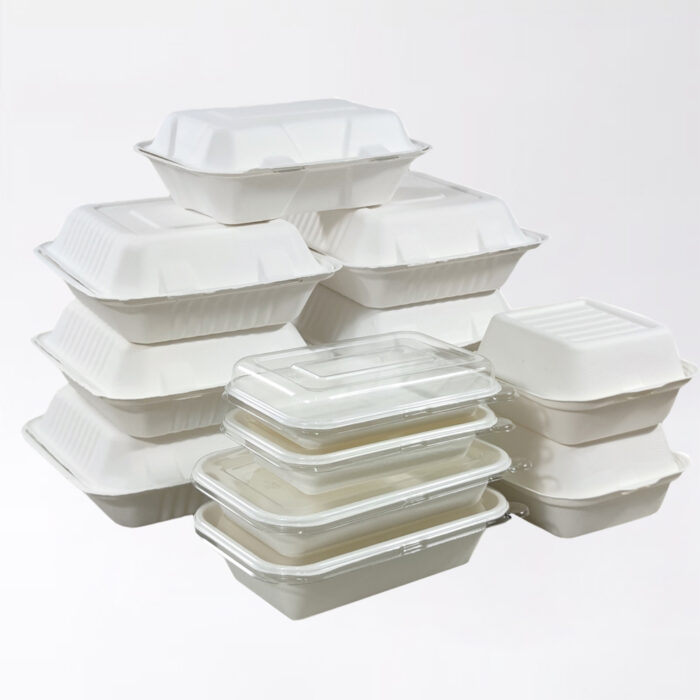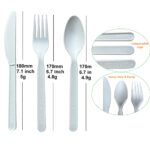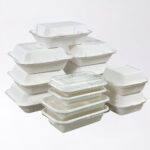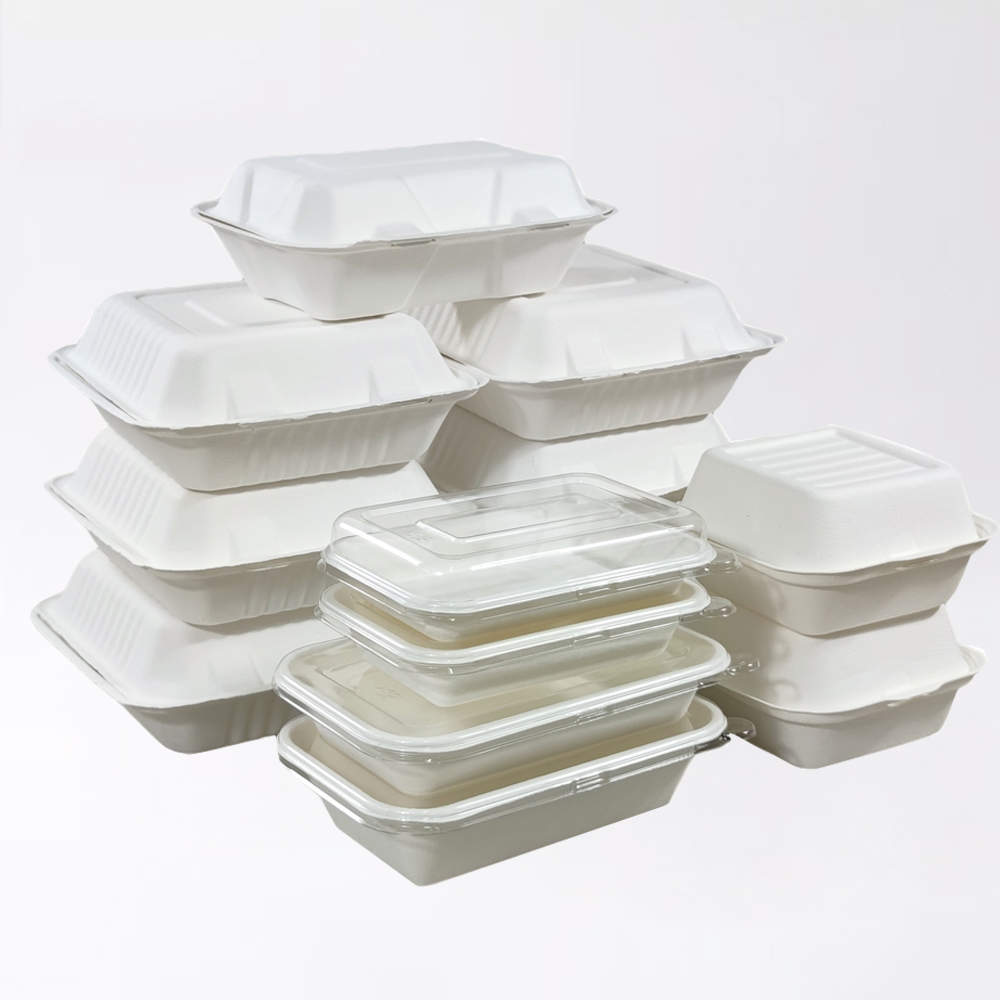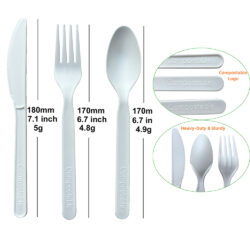The Rise of Sugarcane Bagasse Food Containers: A Sustainable Alternative
In response to escalating global environmental concerns, particularly the pervasive issue of plastic pollution, industries and consumers are increasingly seeking eco-friendly and biodegradable alternatives. Sugarcane bagasse food containers have emerged as a promising solution within the food packaging sector. These containers not only offer environmental benefits but also demonstrate practicality and economic viability, positioning themselves as a formidable substitute for traditional plastic packaging.
Understanding Sugarcane Bagasse
Bagasse is the fibrous residue remaining after the extraction of juice from sugarcane. Historically considered agricultural waste, bagasse has found renewed purpose in the production of disposable food containers. The process involves pulping the fibers, molding them into desired shapes, and subjecting them to high temperatures and pressure to create sturdy, heat-resistant, and compostable products.
Environmental Advantages
The utilization of sugarcane bagasse in food container manufacturing offers several environmental benefits:
1. Reduction of Agricultural Waste: Repurposing bagasse minimizes the accumulation of agricultural by-products, contributing to waste reduction.
2. Decreased Reliance on Plastics: Bagasse containers serve as a viable alternative to single-use plastics, thereby mitigating plastic waste and its detrimental environmental impact.
3. Renewable and Biodegradable: As a by-product of sugarcane, bagasse is a renewable resource. Containers made from bagasse are biodegradable and compostable, breaking down naturally without leaving harmful residues.
Practical Benefits
Beyond environmental considerations, sugarcane bagasse containers offer practical advantages:
1. Thermal Resistance: These containers can withstand high temperatures, making them suitable for both hot and cold food items without compromising structural integrity.
2. Microwave and Freezer Safe: Bagasse containers are versatile, allowing for reheating in microwaves and storage in freezers, catering to diverse consumer needs.
3. Sturdy and Leak-Resistant: The inherent strength of bagasse fibers results in durable containers that resist leaks and maintain form, enhancing user experience.
Economic Considerations
From a business perspective, the adoption of bagasse food containers presents economic incentives:
1. Cost-Effectiveness: With advancements in production technologies and increasing demand, the cost of bagasse containers has become competitive with traditional plastic and paper alternatives.
2. Positive Brand Image: Companies embracing sustainable packaging solutions can enhance their brand reputation, appealing to environmentally conscious consumers and gaining a competitive edge in the market.
3. Regulatory Compliance: As governments worldwide implement stricter regulations on single-use plastics, transitioning to bagasse containers ensures compliance and reduces potential regulatory risks.
Challenges and Future Outlook
While the benefits are substantial, the widespread adoption of sugarcane bagasse containers faces challenges:
1. Supply Chain Limitations: The availability of bagasse is contingent on sugarcane production cycles, which may affect consistent supply.
2. Consumer Awareness: Educating consumers about the advantages of bagasse containers is crucial for market acceptance and demand growth.
3. Infrastructure for Composting: The environmental benefits of bagasse containers are maximized when composting facilities are accessible, necessitating investment in waste management infrastructure.
In conclusion, sugarcane bagasse food containers represent a forward-thinking and sustainable alternative to conventional plastic packaging. Their environmental benefits, coupled with practical functionality and economic viability, position them as a compelling choice for businesses aiming to align with global sustainability trends and meet evolving consumer preferences.
